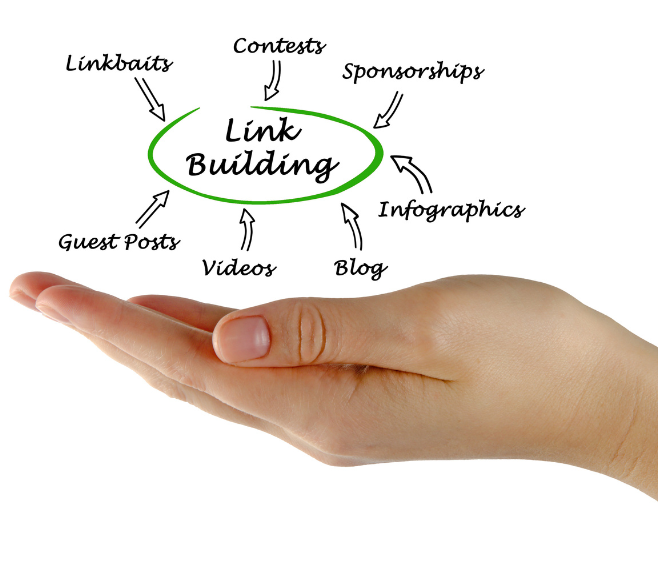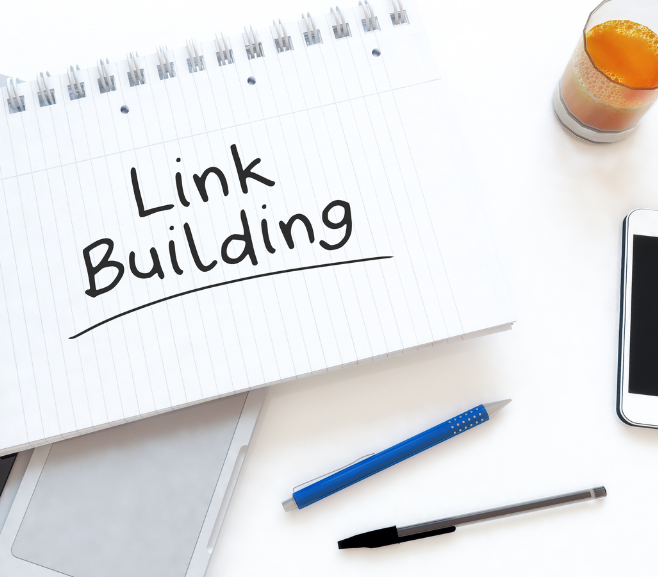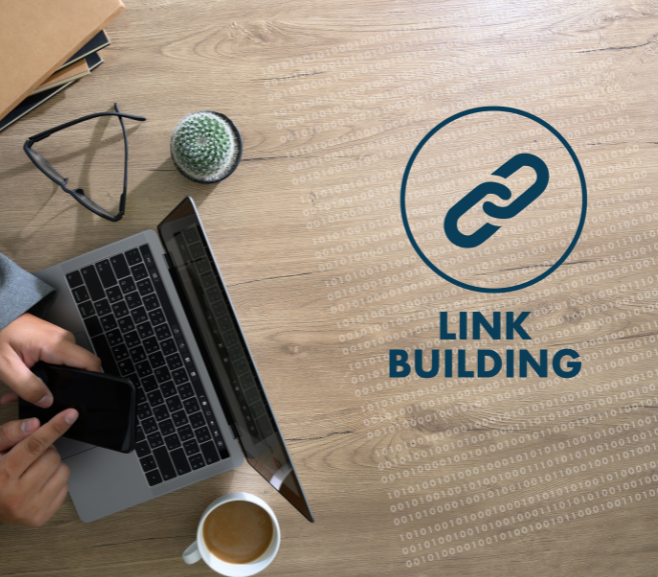Backlinks are an essential component of SEO. They can improve your website’s visibility, authority, and traffic. However, not all backlinks are created equal. Some backlinks are more valuable than others. One type of backlink that is particularly valuable is a resource page link.
A resource page link is a link from a page that lists useful resources related to a particular topic. Resource pages are often created by bloggers, website owners, and content creators to provide their readers with a curated list of high-quality resources. These pages can be a great source of traffic and backlinks for your website.
In this article, we will discuss how to acquire backlinks from resource pages. We will cover what resource pages are, why they are important, and how to identify them. We will also provide some tips on how to create content that is more likely to be included on resource pages.
What are Resource Pages?
Resource pages are pages that list useful resources related to a particular topic. They are usually created by bloggers, website owners, and content creators to provide their readers with a curated list of high-quality resources. These resources can include blog posts, articles, tools, videos, and other types of content.
Resource pages can be a great source of traffic and backlinks for your website. When your website is listed on a resource page, it can help improve your website’s authority and visibility. It can also help drive targeted traffic to your website, which can result in more leads, sales, and revenue.
Why are Resource Pages Important?
Resource pages are important for several reasons. First, they can help improve your website’s authority and visibility. When your website is listed on a resource page, it can signal to search engines that your website is a valuable resource for a particular topic. This can help improve your website’s rankings in search engine results pages (SERPs).
Second, resource pages can help drive targeted traffic to your website. When your website is listed on a resource page, people who are interested in the topic are more likely to click through to your website. This can result in more leads, sales, and revenue.
Finally, resource pages can provide valuable backlinks to your website. When your website is listed on a resource page, it can provide a high-quality backlink that can help improve your website’s rankings in search engine results pages (SERPs).
How to Identify Resource Pages
Identifying resource pages is relatively straightforward. You can use search operators to find relevant pages. Here are some search operators you can use to find resource pages:
- [topic] + “resources”
- [topic] + “useful resources”
- [topic] + “helpful resources”
- [topic] + “links”
- [topic] + “useful links”
- [topic] + “helpful links”
- [topic] + “recommended”
- [topic] + “best”
For example, if you have a website that sells fitness equipment, you could use the following search operators to find relevant resource pages:
- Fitness equipment + “resources”
- Fitness equipment + “useful resources”
- Fitness equipment + “helpful resources”
- Fitness equipment + “links”
- Fitness equipment + “useful links”
- Fitness equipment + “helpful links”
- Fitness equipment + “recommended”
- Fitness equipment + “best”
Once you have identified relevant resource pages, you can reach out to the website owners and ask if they would be willing to include your website on their resource page.
Tips for Creating Content that is More Likely to be Included on Resource Pages
Creating high-quality content is the key to getting your website listed on resource pages. Here are some tips for creating content that is more likely to be included on resource pages:
Provide value: The content you create should provide value to the reader. It should be informative, helpful, and engaging. If your content is not valuable, it is unlikely to be included on a resource page.
Be comprehensive: Your content should cover the topic in-depth. It should be comprehensive and provide a thorough understanding of the topic. If your content is too basic or lacks depth, it is unlikely to be included on a resource page.
Use visuals: Visuals can help make your content more engaging and easier to understand. Use images, charts, and graphs to help illustrate your points.
Make it shareable: Make it easy for people to share your content by including social media sharing buttons. The more your content is shared, the more likely it is to be included on resource pages.
Update regularly: Keep your content up-to-date by regularly updating it with new information. This will show that you are committed to providing the best information on the topic and increase the likelihood of your content being included on resource pages.
Use original research: Original research can help make your content more authoritative and valuable. Conduct original research on the topic and include your findings in your content.
Be unique: Make your content stand out by providing a unique perspective on the topic. Don’t simply regurgitate information that is already available. Provide a fresh take on the topic that is not available anywhere else.
Conclusion
Acquiring backlinks from resource pages is an effective way to improve your website’s visibility, authority, and traffic. Resource pages can provide valuable backlinks, targeted traffic, and improved rankings in search engine results pages (SERPs). Identifying relevant resource pages and creating high-quality content that provides value, is comprehensive, and is unique is key to getting your website listed on resource pages. Use the tips outlined in this article to help improve your chances of acquiring backlinks from resource pages.




